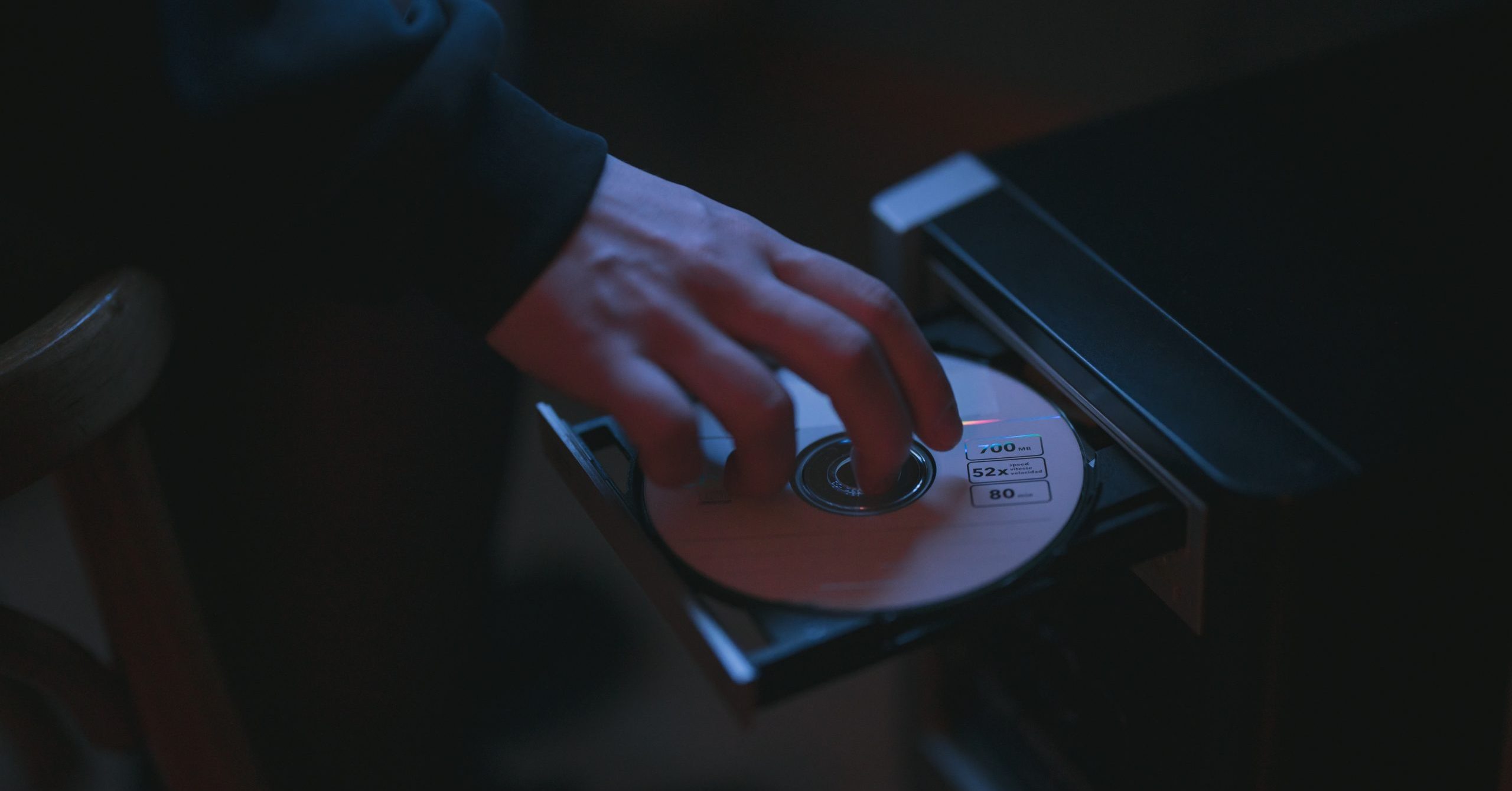In this article, we’ll break down what NIST 800-88 actually requires, why storage media of all types can defy expectations, and how verification services close the gap between intention and assurance.
CD Rot: A Diskaster in the Making

CD rot sounds like yet another horrible disease du jour, but it’s not quite that. It’s what can happen over time to the recorded contents of compact disks and it’s not reversible.
The Library of Congress, which maintains copies of important commercial recordings and printed materials, is struggling with the task of figuring how to protect information stored on conventional CDs.
The first thing they are doing is trying to learn how the disks react to extremes in temperature and humidity, so they can develop guidelines for proper care and protection.
But it’s not just the music they’re worried about. Many libraries and government agencies around the country have converted data from microfilm and microfiche collections to CDs, thinking anything electronic would be safer. But that’s not true.
No Guarantees on Longevity
While disks can last for decades, there is no guarantee regarding longevity. Exposure to heat and humidity speeds up the breakdown of recorded information. And, simply playing a disk over and over will also cause deterioration and eventual data loss.
The deterioration first affects the protective coating on the surface of the disk. If the underlying metal layer is exposed, it gets tarnished and eventually will lose the ability to replay the contents.
All CDs are not manufactured to the same standards. Different disks made by different companies may react differently in the same conditions. Some disks will fail much earlier and others later, depending on when and how they were made.
This information was originally produced by NPR. Here’s a link to their story.
At DriveSavers, we strongly recommend making backup copies of important data stored on CDs or actually, for any other storage media as well. If your CD is damaged, unusable or inaccessible for any reason, please call 800.440.1904 to speak to one of our Data Recovery Advisors.





